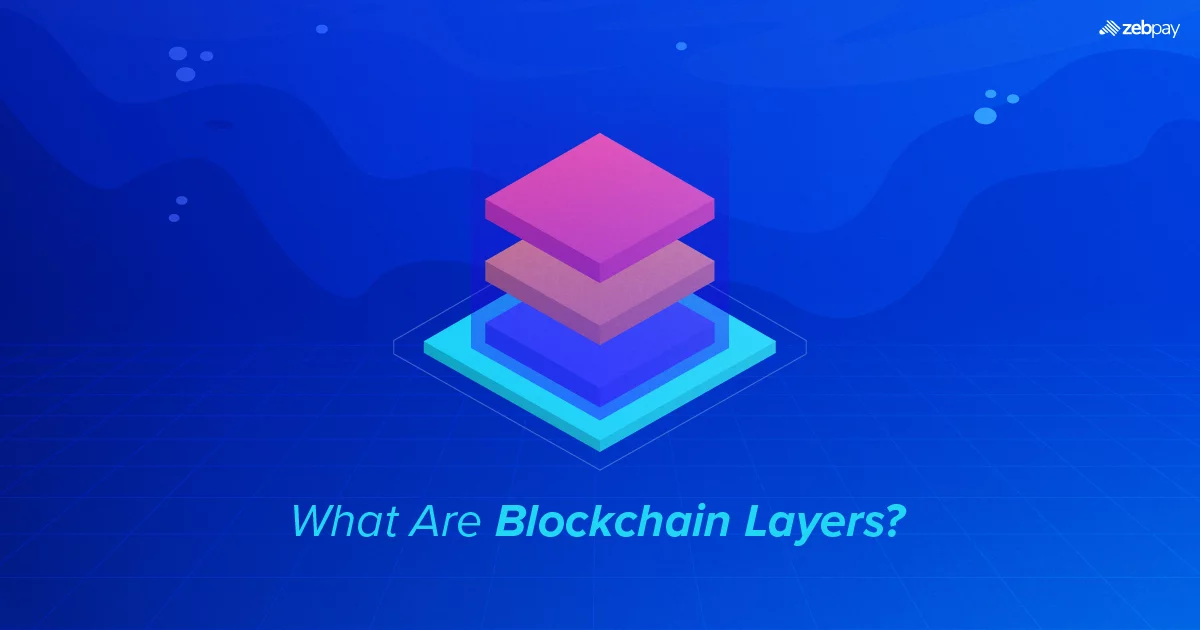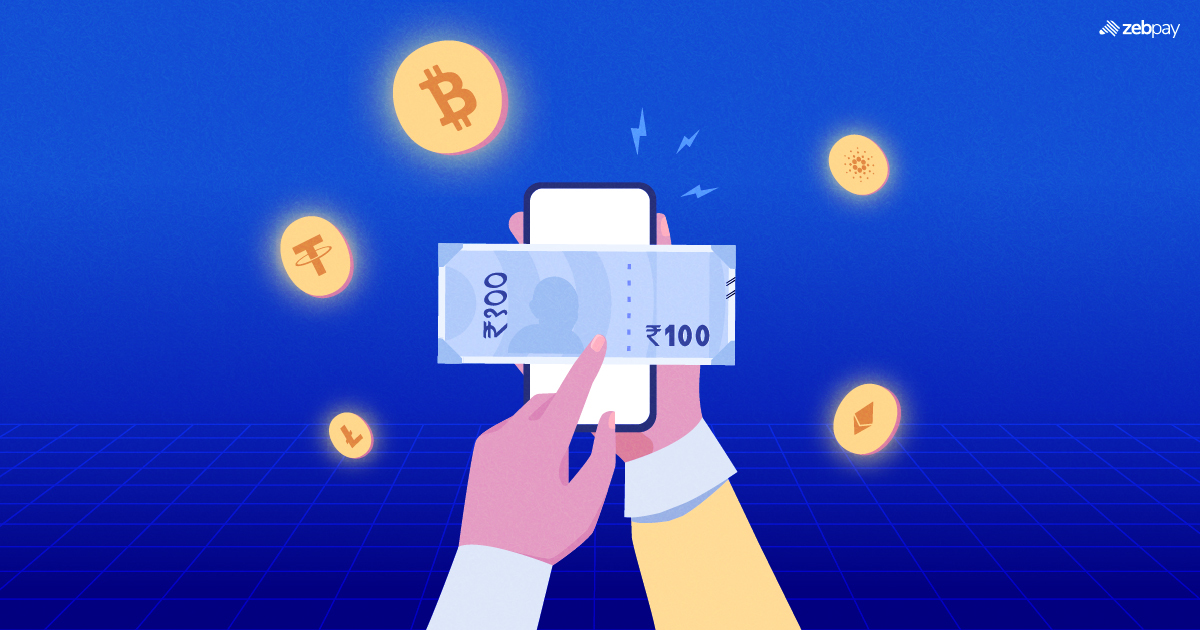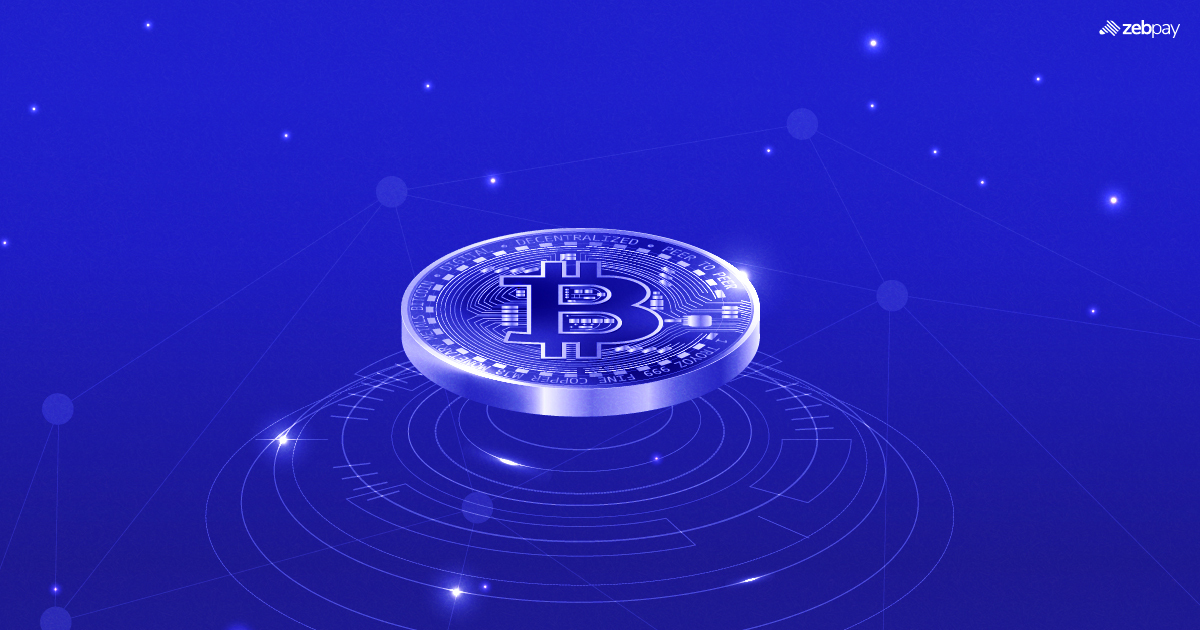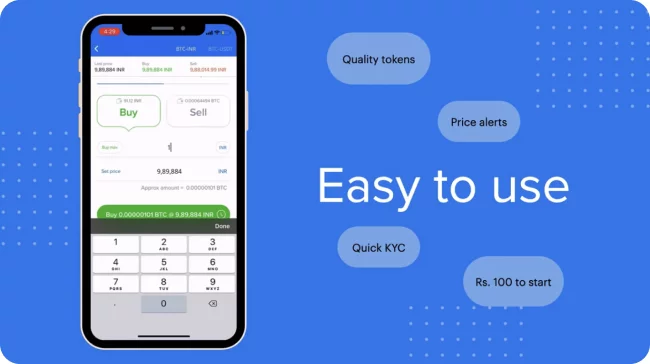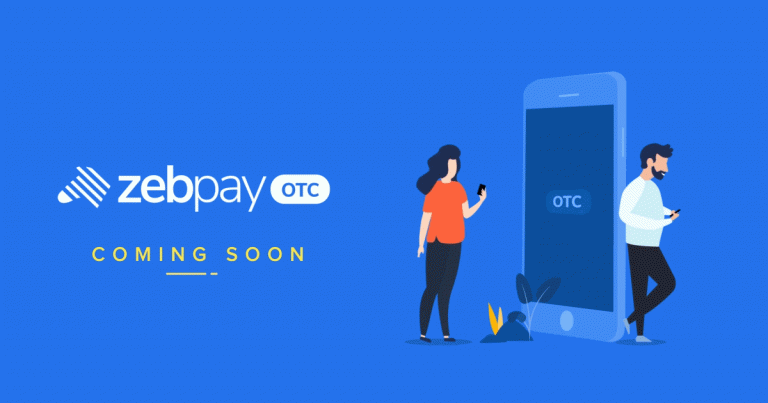Blockchain Architecture
Blockchain has reshaped the way information is managed and exchanged, earning its place as one of the most influential technologies of this century. Even though it powers many of the digital tools we use today, its inner mechanics can still feel complex to those encountering it for the first time. This guide aims to simplify the concept and explain how the layers of blockchain function as the foundation of this technology.
At the heart of any blockchain lies a shared ledger where transaction data is recorded. Consider Bitcoin as an example: it operates on the Bitcoin blockchain, and every transfer—whether sending or receiving—is captured on this network. Because the ledger is open for anyone to view, it offers a level of transparency that traditional record-keeping systems typically lack.
A defining feature of blockchain is that no single authority controls it. Instead, the system is upheld collectively by participants who validate and confirm transactions. This decentralized design removes dependence on a central operator, reducing vulnerabilities and making the network far more resilient to attacks or failures. It also streamlines processes by cutting out middlemen and lowering associated costs.
With this foundation in place, we can now look at how the layers of blockchain organize the entire system. These layers work together to support everything from data storage to the applications people interact with daily.
The layers of blockchain are generally divided into five parts: the hardware infrastructure layer, the data layer, the network layer, the consensus layer, and the application layer. Each one contributes a specific role, and together they create the full structure that allows blockchain technology to function reliably and efficiently.
Read more: Top 5 Blockchain Protocols
The Hardware Layer
Blockchains rely on peer-to-peer information sharing, with a network of computers providing the computing power that supports the blockchain, forming the hardware layer. Essentially, blockchains are made up of all the nodes within the network. A node is a computer or a group of computers responsible for decrypting transactions.
The Data Layer
The layer that follows the hardware layer is the data layer, where transaction details are recorded. Each transaction stored in a block—the basic unit of a blockchain—contains information such as the amount of crypto sent, the recipient’s public key, and the sender’s private key. Every block, which holds transaction data, is linked to both the previous and the next block in the chain. The only exception is the genesis block, the very first block in the network, which is only connected to the next block and not to any prior block.
The Network layer
The network layer manages the communication between nodes on a blockchain. As blockchain operates in an open system, each node needs to be aware of the transactions being validated by other nodes. The network layer facilitates this essential communication, ensuring the smooth operation of the system.
The Consensus Layer
The consensus layer is responsible for validating blocks on the blockchain. Let’s explain how it works with an example. Suppose John and Mark are two validators on the blockchain. They each receive transactions to decrypt and add to a block.
John receives transactions A and B, while Mark receives transactions B and C. If both John and Mark validate their transactions and add them to the blockchain, transaction B will be recorded twice, causing double spending. To prevent this, John and Mark compete to solve a complex mathematical puzzle, and the first one to solve it gets to add the block to the blockchain. This method of consensus is called Proof-of-Work (PoW).
In the case of Proof-of-Stake (PoS), instead of competing to solve puzzles, the system randomly selects a validator to add the block.
The Application Layer
The application layer in blockchain is where various apps are built. These can range from wallets and social media apps to DeFi apps and NFT platforms, among others. While the user interface (UI) and user experience (UX) of these apps resemble those of traditional applications, the key difference lies in the decentralized nature of data storage at the backend, which is powered by blockchain technology.
Blockchain Layers Explained
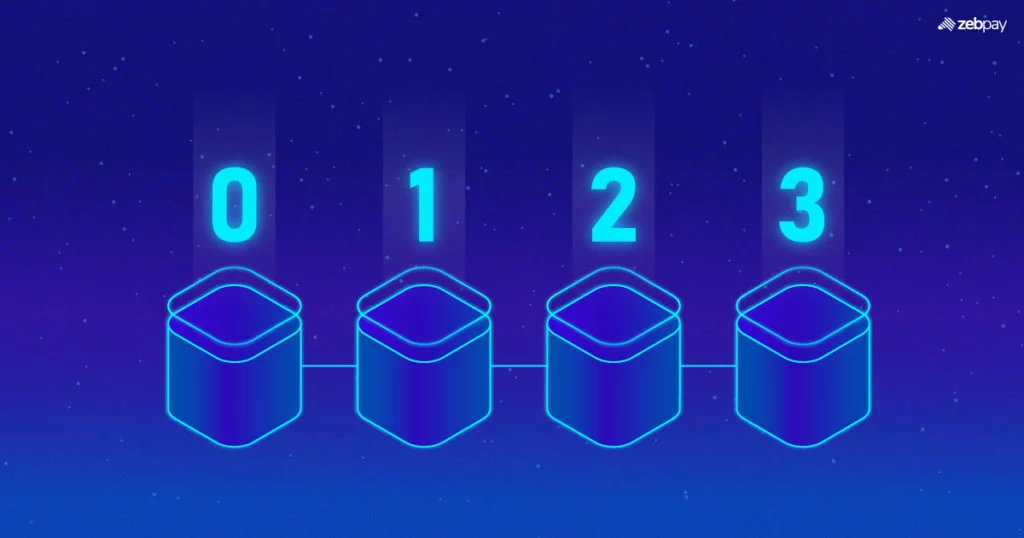
Layer 0
Blockchain in itself is called layer zero. The components required to make blockchain real are the internet, hardware, and many other connections. Layer zero blockchain is the initial stage of blockchain that allows various networks to function, such as Bitcoin, Ethereum, and many more. Layer 0 also provides blockchain with a facility of cross-chain interoperability communication from top to different layers. Layer 0 provides the underlying infrastructure for blockchain.
Layer 1
Layer 1 blockchain is an advancement in layer 0. Under this layer, the blockchain network is maintained functionally. However, scaling is a limitation in the layer one blockchain. Any changes and issues arising in the new protocol in layer 0 will also affect layer 1. It is also called an implementation layer. Examples of layer one blockchains are Bitcoin, Ethereum, Cardano, Ripple, etc.
Layer 2
Layer 0 has many interactions that have been removed by layer 2. For specific blockchains, layer 2 blockchain is the scaling solution. It works with third-party integration and removes the limitations of layer 1. It is the most popular approach for solving scaling issues attached to PoW networks. At present, various industries have begun implementing layer two technologies.
Layer 3
Layer 3 blockchain is also referred to as the “application layer”. The main task of this layer is to host the DApps and many other protocols that enable other apps. Here, the blockchain protocol is split into two significant sub-layers, that being, application and execution. It is the most potent solution made to separate blockchains with cross-chain capabilities for achieving the target of real interoperability.
Read About: Different Types Of Blockchain
Difference Between Layers 0, 1, 2, & 3
| Layer 0 | This layer has the hardware, protocols, and other foundational elements. |
| Layer 1 | Maintains the dispute resolution, consensus mechanism and programming of the blockchain. Examples: Bitcoin and Ethereum, among others. |
| Layer 2 | Has better scaling capabilities than Layer 0 and 1. It has the capability to be integrated with third-party solutions. |
| Layer 3 | This layer is used to host dApps and other user-facing applications. |
What is Blockchain Scalability?
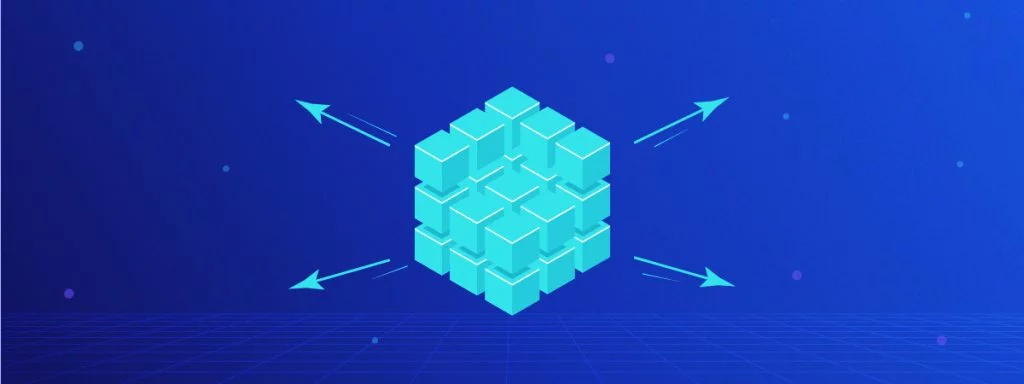
Blockchain scalability refers to how efficiently a network can manage growing transaction volumes and nodes. It reflects the number of transactions a blockchain can process per second, and as the technology advances, this capacity continues to improve—shaping the broader discussion around scalability. Alongside this, security remains a core pillar of blockchain systems. Protocols are built to safeguard data from attacks, ensuring that even as networks scale, they remain robust and reliable.
Scalability is essential for supporting long-term growth, enabling blockchains to handle heavier workloads without compromising performance. With ongoing improvements, modern networks are beginning to match or exceed the throughput of traditional centralized systems. This progress is especially important when considering the different layers of blockchain, as each layer—from networking to consensus—plays a role in determining how efficiently a system can scale.
The “scalability trilemma” highlights the difficulty of achieving security, decentralization, and scalability all at once. Most blockchains excel at two of these elements but struggle to optimize all three simultaneously. The ideal outcome is a blockchain that delivers strong security and maintains decentralization while also offering high scalability across all layers of blockchain architecture.
What is Blockchain Security?
In a blockchain system, computers operate within a peer-to-peer network, and nodes are spread across a decentralized environment. This structure introduces certain vulnerabilities, including the possibility of a 51% attack, where an attacker gains majority control over the network’s computing power. Such dominance could lead to data manipulation or disruption of normal operations. To uphold strong blockchain security across all layers of blockchain, it’s essential to safeguard the network from external threats and build mechanisms that minimize these risks. Strengthening protections throughout the different layers of blockchain helps ensure the system remains resilient and trustworthy.
Conclusion
Blockchain technology may seem complex at first, but with some effort, its potential and applications become clear as more industries begin exploring layers of blockchain. With rapid advancements and growing institutional interest, the layers of blockchain are steadily gaining traction across sectors.
FAQs on Blockchain Layers
What is a blockchain, and how does it work?
Blockchain is a distributed ledger that stores transaction records. For instance, Bitcoin transactions are recorded on the Bitcoin blockchain. It’s transparent and owned by all participants, eliminating a single point of failure. It ensures transparency, reduces middlemen, and minimizes operational costs.
What are the primary layers of blockchain technology?
Blockchain consists of five layers: hardware infrastructure, data, network, consensus, and application layers. These layers handle functions from data storage to user-facing applications.
How does the consensus layer work in a blockchain?
The consensus layer validates blocks in blockchain. It often uses Proof-of-Work (PoW), where nodes compete to solve cryptographic puzzles. In PoS (Proof-of-Stake), validators are randomly chosen.
What are the key differences between blockchain layers 0, 1, 2, and 3?
1. Layer 0 includes foundational elements like hardware and protocols.
2. Layer 1 maintains dispute resolution, consensus mechanisms, and blockchain programming (e.g., Bitcoin, Ethereum).
3. Layer 2 offers better scaling capabilities and third-party integration.
4. Layer 3 hosts decentralized applications (dApps) and user-facing applications.
What is blockchain scalability, and why is it important?
Blockchain scalability refers to a network’s ability to handle increased transaction and node loads. It’s vital for accommodating growing transaction volumes. Scalability ensures blockchain’s competitiveness and addresses many of its inherent challenges, striving for the “Scalability trilemma” of security, scalability, and decentralization.
Are blockchain layers present in all blockchain networks?
No, blockchain layers are not present in all blockchain networks. Some blockchains have a single layer, while others employ multiple layers for enhanced functionality and scalability, like Ethereum’s Layer 2 solutions.
Can a new layer be added to an existing blockchain network?
Yes, a new layer can be added to an existing blockchain network through a process known as “layering” or “sharding.” This allows for increased scalability and functionality without altering the underlying blockchain’s core protocol, enhancing its capabilities while maintaining compatibility with existing layers.
Do blockchain layers impact the transaction speed of a blockchain network?
Yes, blockchain layers can impact transaction speed. Layer 2 solutions, like Lightning Network for Bitcoin or Rollups for Ethereum, aim to improve transaction throughput and reduce latency. They achieve this by processing transactions off-chain or in a more efficient manner, enhancing the overall speed of the blockchain network.
Are all blockchain layers decentralised?
Not necessarily. While decentralization is a core principle of many blockchain networks, the degree of decentralization can vary among layers. Some layers may prioritize decentralization, while others, like certain sidechains or off-chain solutions, might sacrifice some degree of decentralization for scalability or efficiency gains.
Can blockchain layers be customized for specific use cases?
Yes, blockchain layers can be customized for specific use cases. Developers can design and implement layers tailored to particular requirements, such as privacy, scalability, or smart contract functionality. This flexibility allows blockchain technology to adapt to a wide range of applications and industries.

